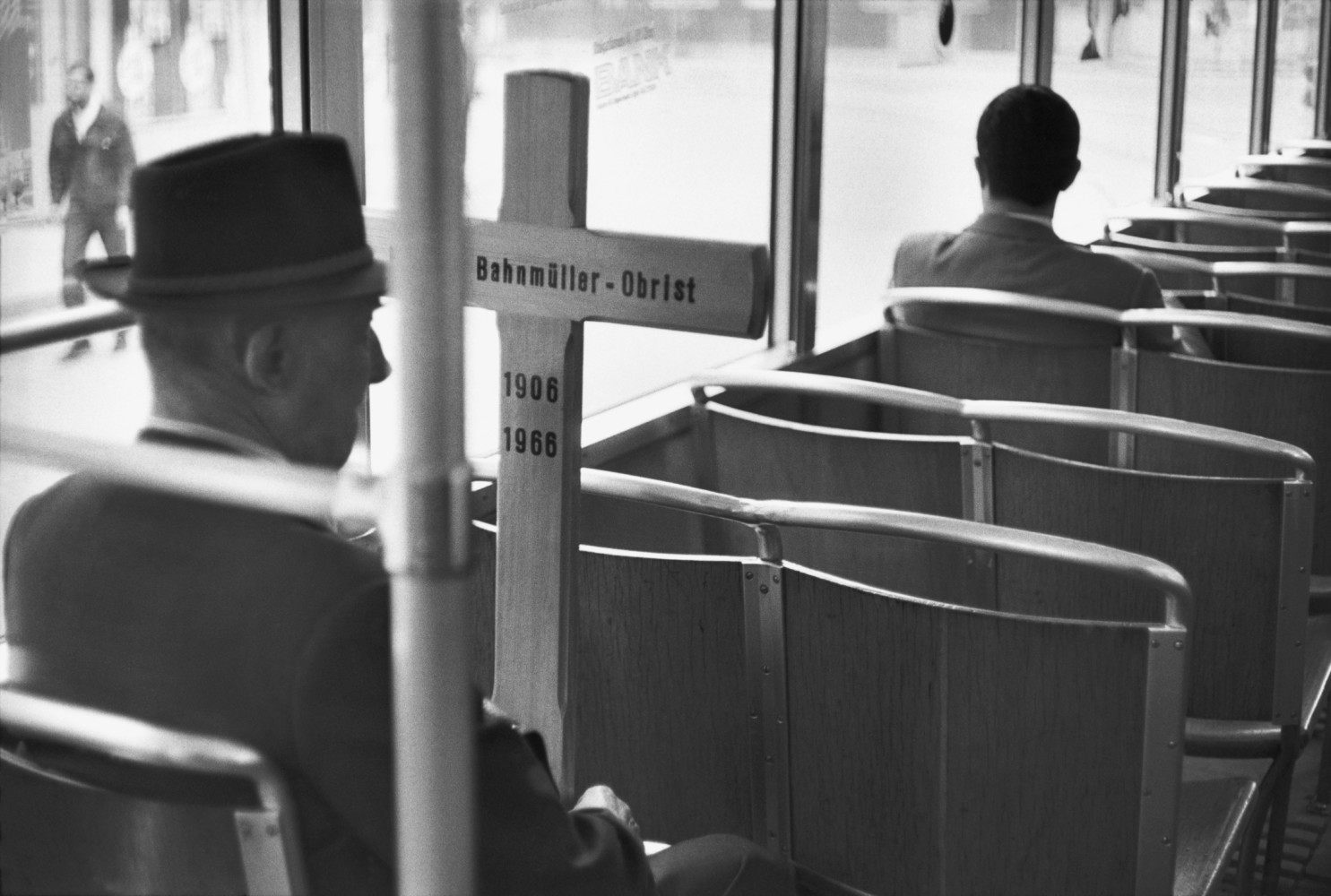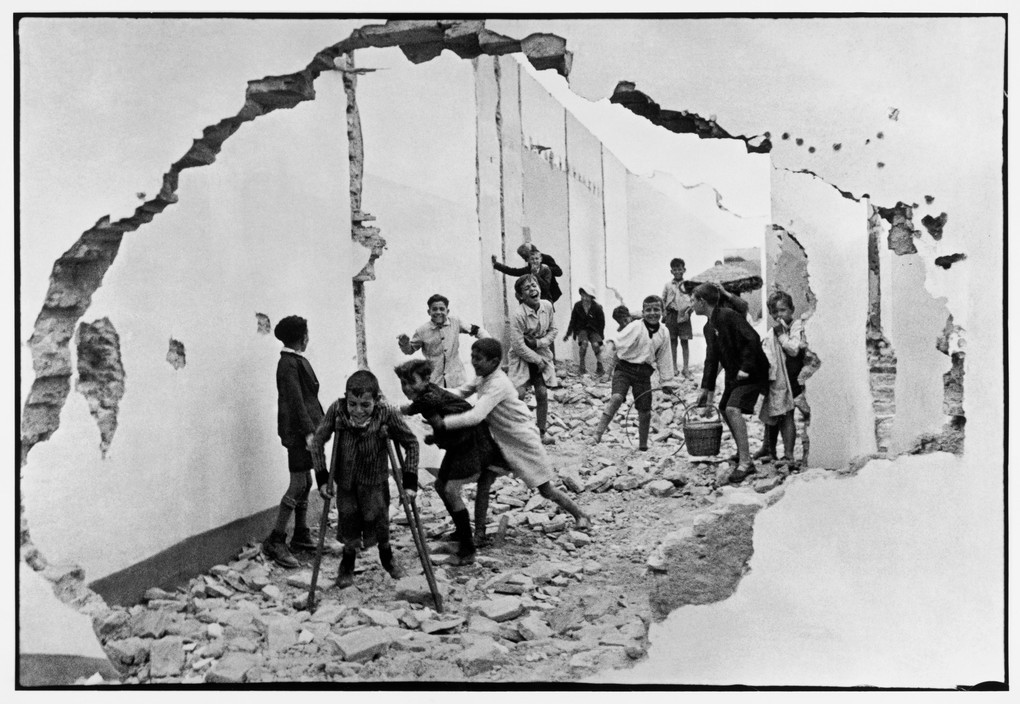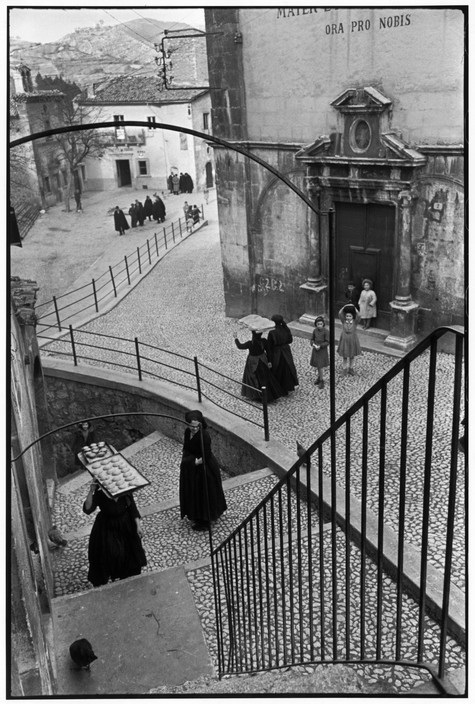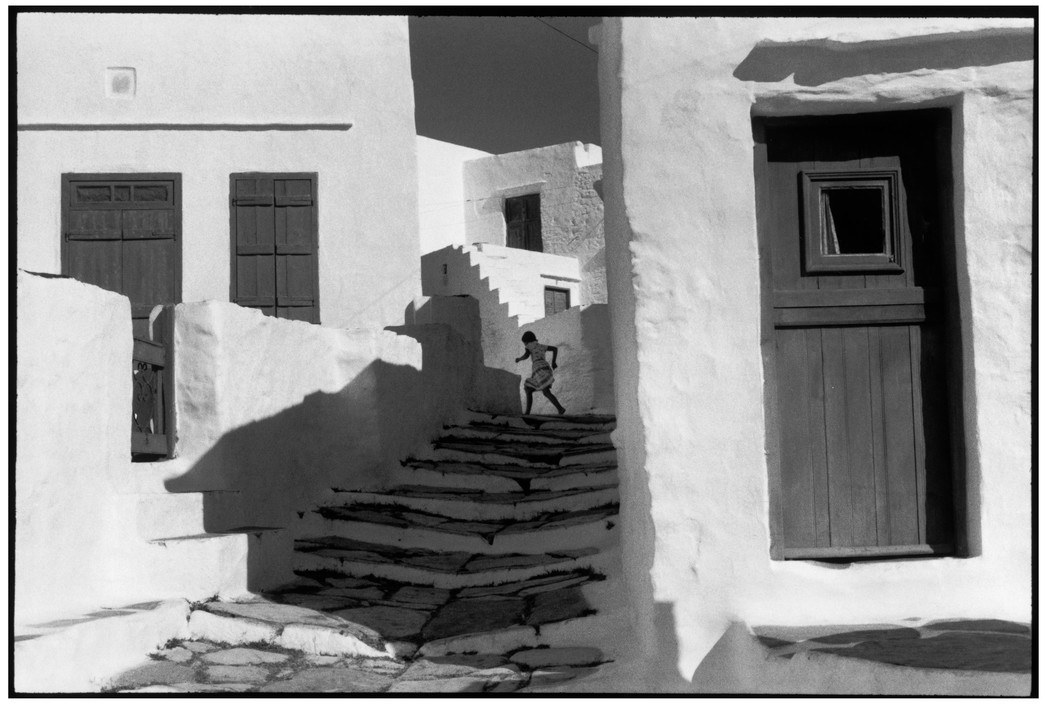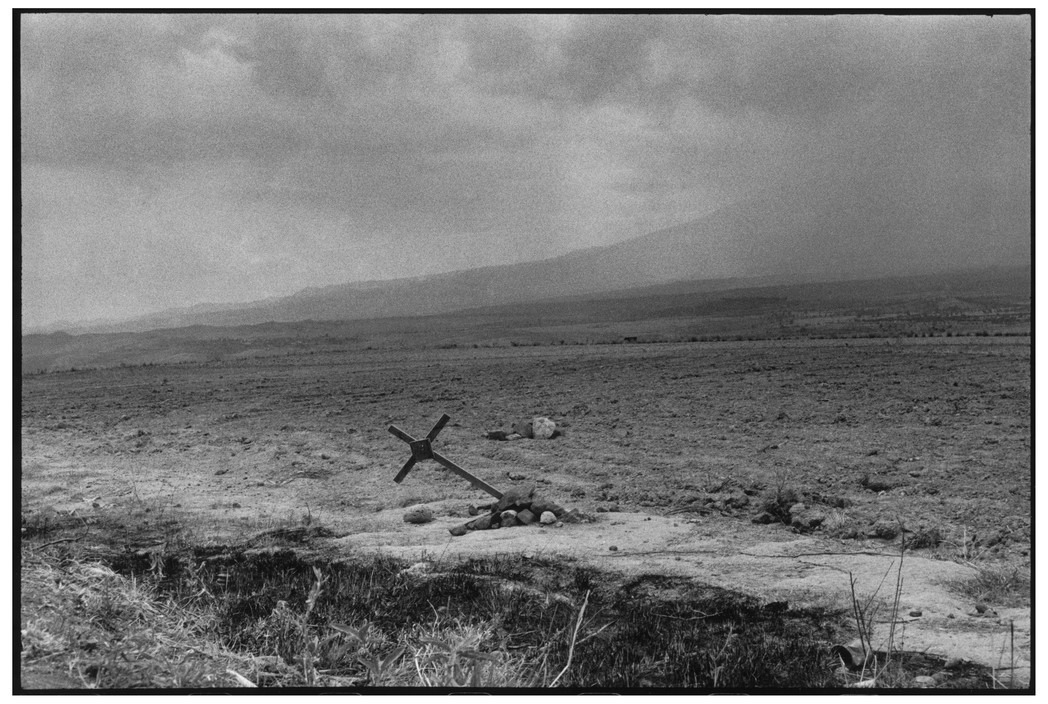Project 3: ‘What matters is to look’: Research Point
Write up your research on the decisive moment in your learning log taking care to give a proper account of the three differing views offered above, and any further research you’ve undertaken independently. What do you feel personally about the decisive moment as a visual strategy, or just as a way to take pictures? Conclude your post with your own perspective on the debate at this point in time.
Lamour de court
Watching the L’amour du court I was stuck by the way the different artists-photographers, painter, musician, expressed their approach to their art (and the artistic gaze) and how all expressed, albeit in different ways, a higher level of awareness that transcends the ordinary to make something unique, and an aspiration to do so.
For Cartier-Bresson, it was the confluence of recognition, geometry, form, and even luck; for Aviigdor Arikha it was the losing of learned recognition and stripping things down to their barest form to allow pure perception to take over, while the musician Paulo Beschi accepts the uniqueness of very performance and accepts rather than be terrorized by it.
Cartier-Bresson
When talking about taking photos (or making images) he says “ the basis is geometry..I go for form, form comes first”. Least we forget HCB was trained as a painter and the classic concepts of composition are evident when he talks about photographic practice quoting the divine proportion as a guide for his composition- “ the divine proportion, intuitively I know where it falls”`. He also implies that good images are a confluence of being open and constantly alert to the opportunities that come your way -and luck, ”Luck is all that counts. You’ve just got to leave yourself open. You can’t want it…when you want it you won’t get it. Wanting won’t work. if you’re open it will come.”
Avigdor Arikha offers an artist view on the creative process when he says “The problem is that our gaze is always conditioned by recognition… But to do a painting or a drawing that is vibrant you have to get away from that, not recognise, but perceive.” For Arikha he strips everthing down to form to get to the essence and although this is an internal struggle, once you get there, it comes.. not recognize but perceive, put yourself in an elementary state…you paint forms…and when that happens…you don’t know how it just happens.
Paulo Beschi talks about music and the uniqueness of every performance-he does his preparation and practice to bring him to that point, and like the releasing of a camera shutter he starts his performance where something is released and can never be repeated-he must accept it and not be terrorised by it.
There is no doubting the influence and impact of Henri Cartier-Bresson’s work, his approach and deep passion for his photographic output. His book, the Decisive Moment, continues to be one of the most influential photography books ever published.
What do you feel personally about the decisive moment as a visual strategy, or just as a way to take pictures? Conclude your post with your own perspective on the debate at this point in time.
Henri Cartier-Bresson’s timing and his ability to capture scenes on the fly, expertly composed, set a benchmark for photographers to aspire to and made him one of the key photographers in the canon of photographic references. As a photographic strategy, I feel that the reliance on geometry, form, and as Cartier-Bresson says “the simultaneous recognition, in a fraction of a second, of the significance of an event as well as of a precise organisation of forms which give that event its proper expression” is somewhat prescriptive and leads one to look for moments that are replete with meaning and conform to compositional rules based on (among other things) the myth of the golden ratio. I’m not convinced using a geometric pattern is the answer to the role of photography or the pinnacle of the craft-it is one of them- but photography has many ways to inject meaning into moments. For example, are photographs from Larry Wall or Luis Greenfield any less in meaning, impact or validity, just because they were constructed rather than taken on the run?
I’m not suggesting that Cartier-Bressons’s work is purely about the compositional alignment, or that some moments are not more interesting than others, but photography has many ways to inject meaning into moments, that allows for creative exploration.
Since its invention/discovery of photography different metaphors have been used to explain or distill its meaning -first it was classical painting and its baggage of compositional rules and aspirations, then language- the era of photojournalism and picture magazines but as John Szarkowski notes “photographs became a dependent ornamentation of the text were laid out in a sequence in a magazine”
Another take on it by the artist Les Livine states “In the best of camera art is a particular esthetic, perceptual or conceptual experience that the artist has experienced in some way and finds the camera a useful tool in documenting that experience for the consideration of others. He is not, in most cases, concerned with the idea that it be a beautiful print or an ugly print or any other kind of print”.
The article in the New York Times adds to the deabte nicely when it offers its observation on photographic practice and great photographers in general “They have learned that the art of photography is no more (or less) than photography done wonderfully. Like Molière’s M. Jourdain, who in middle age discovered to his delight that he spoke prose, photography has discovered during the past generation that its own native genius has been, and is potentially, glorious. Photographers of talent realize that photography can help us know, rationalize and share levels of experience that have been untouchable and uncommunicable. Approached in this spirit, the future of the medium is so exciting that the photographer has little time to concern himself if the world at large does not completely understand what a beautiful art he practices.
And so it goes on.
Photographer Spencer Lum offers, “The combination of moments and composition has infinite permutations, and the best photographers play with that fact.” and I can relate to that. In the case of Henri Cartier-Bresson and his approach, I simply take what I need and leave the rest.
Chandler,A, 2014,’The Indecisive Moment’ backstory, http://www.arthurchandler.com/indecisive-moment-backstory
Galassi, Peter, 2010, Henri Cartier-Bresson The Modern Century,Thomas & Hudsen
Szarkowski J,1975, A Differnet Kind of Art, New York Times, https://www.nytimes.com/1975/04/13/archives/a-different-kind-of-art-to-its-new-public-photography-seems-to.html?searchResultPosition=2


